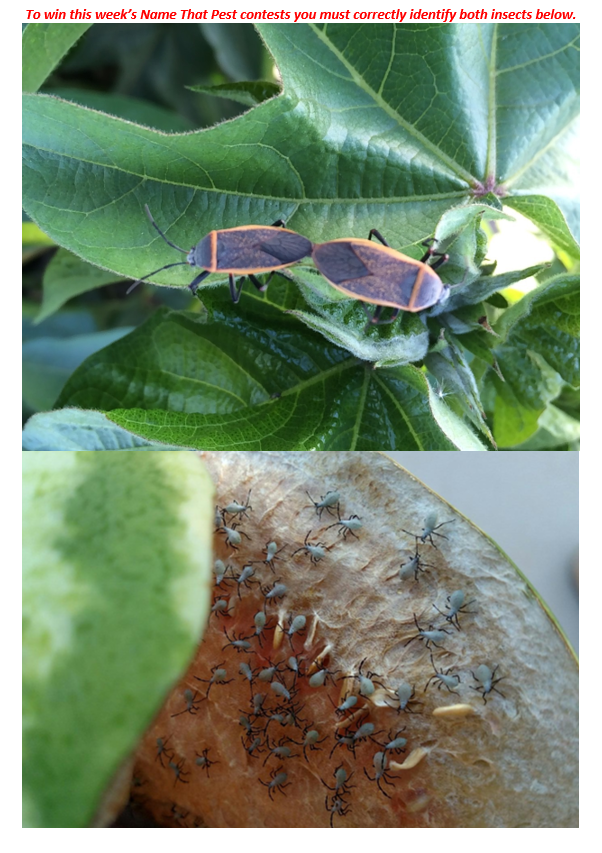May 29, 2024
Virus 101 (2024)

Widely accepted definition of a living organism “A living organism has a cellular structure and is manifest by growth through metabolism, reproduction, and the power of adaptation to the environment through changes that originate internally”. Viruses are not cellular and do not metabolise, but they reproduce and adapt.
A virus is a set of one or more nucleic acid template molecules, normally incased in a protective coats of protein or lipoprotein and is able to organize its own replication but only within a suitable host cells. Record of plant viruses do not go as far as human viruses, but plant viruses have caused considerable loss in agriculture system.
One of the most common virus we see in agriculture system in todays world is Cucumber mosaic virus(CMV). CMV belongs to family Bromoviridae. The genome size of cucumber mosaic virus (see pic) is about 8000 to 9000 nucletotide bases (1 base=1 letter of AGTC). The genome size of Covid19 Coronivirus is about 30,000 bases and the genome size of human DNA is 6.4 billion bases.
CMV has a very wide host range and is transmitted by aphids in nonpersistent manner (stylet borne). This means that the aphids acquire the virus particle in their stylet within seconds of feeding in infected plants, hop on to next plant and start feeding on next plant. The virus is transmitted to the next plant immediately.
Next is incubation period. Viruses cause systemic infection. It can take anywhere from few days to few weeks from initial entry of the virus to symptom exhibition in your plants. The severity of symptoms varies depending on many factors. The age of plant (infection stage), the general plant vigor (health), varietal susceptibility, conducive environment (viruses express better in colder weather than hot weather), a plant that has already been infected with other viruses (preesisting condition) are to name a few.

- Attachment – the virus attaches itself to the outside of a new plant cell
- Penetration – the protein pushes the nucleic acid strand into the plant cell
- Replication – the viruses’ nucleic acid uses the plant cell DNA to make many new nucleic acid strands and protein sheathes
- Assembly – the nucleic acid and protein assembly into millions of new virus copies
- Release – the viruses leave the cell – at this stage the cell is normally dead and bursts releasing the viruses
- Transmission – the viruses move using a vector to new cells to infect.
When you see the symptoms in your plants, the first thing you have to understand is virus infection is systemic. The best you can do to manage the virus is to limit the transmission (flatten the curve). Some viruses need a vector for transmission like insects and nematodes. Some viruses are mechanically transmitted from one infected plant to another. Washing field tools between plants/field whenever possible limits the transmission of virus. Soap, bleach, and disinfectants reduce transmission by protein denaturalization of the virus.
To contact Bindu Poudel go to:
bpoudel@email.arizona.edu

 To contact John Palumbo go to: jpalumbo@ag.Arizona.edu
To contact John Palumbo go to: jpalumbo@ag.Arizona.edu







